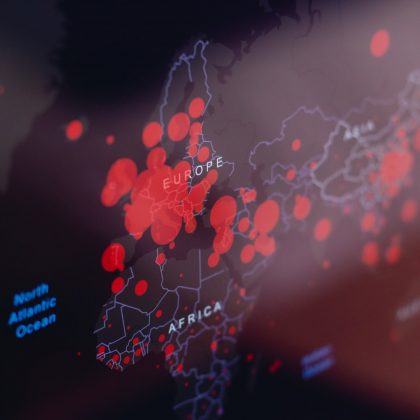Elements in Victorian Literature, Science, and the Environment
Many eco-scholars today have lamented our current tendency to soft denial. We acknowledge major environmental concerns such as climate change while continuing to go about our lives as if they don’t exist. As the co-editors of this series, we aim to contribute to a critical dialogue that encourages a richer understanding of our past that will foster perspectives for the future that are hopeful and actively engaged. This series asks:
- What lessons can we learn from Victorian discourses about pollution, disease, and ecology that can help us respond to current crises?
- How has literature of this era molded scientific and environmental thought?
- Can centering marginalized voices in global literatures of the period challenge the established narratives that have shaped today’s environmental policies?
Victorians Loved Their Science
Victorian literature is uniquely positioned at the intersection of mass literacy, realist storytelling, and the development of science into discrete disciplines. As scientific developments and medical research continued, technological innovations extended their reach; more people became increasingly aware of these influences. Scientific thinking, such as the emergence of evolutionary biology (Cuvier, Darwin), reshaped traditional ways of understanding the natural and built environments and revolutionized world economies and ecologies. And the English-speaking world flourished with amateur botanists, techy entrepreneurs, and armchair explorers. While some writers celebrated the “civilizing” influences on both local and global environments, others noted with alarm the impact of industrialization and extractive colonialism on lifeways and the environment.
They Also Knew about the Impacts of Industrialization
In the 1820 essay “The Miseries of the Artist,” the anonymous author refers to the impact of pollution on air quality, describing the “effusions of gas pipes, tan yards, chimneys, dyers, blanket scourers, breweries, sugar bakers, and soap boilers” and the resulting “dingy, heavy, wet, muggy, smoky, greasy, filthy, yellow London fog.” Decades later, in 1883, John Ruskin combines his knowledge of science, environmental studies, and the arts to create The Storm Cloud of the Nineteenth Century. Originally a pair of lectures, the work is an indictment of industrial air pollution that directly connects it to issues of climate change that extended far beyond England itself. Imperialist, extractive practices reshaped environments and lifeways around the world. From slavery and the monoculture of sugar in the Caribbean to the construction of canals and roads in South Asia that may have caused the first global cholera pandemic, colonial practices altered the natural world and redistributed its species, including humans, through usually violent means.
Bold Monographs on Pressing Issues
This series, with its focus on literature, science, and the environment, invites interdisciplinary scholarship that engages with today’s pressing global challenges. The monographs’ shorter length allows for nimble, fresh contributions that will invigorate academic discourse in the current moment. Taking advantage of scholars’ embrace of digital formats, podcasts, videos, and interactive materials, the series also encourages a more immersive experience that engages as many scholars, students and members of the general public as possible.
Click here to discover more about the series.







Thanks, looks fascinating.
I know this is *extreme* pedantry, but wasn’t it 1884, rather than 1883?